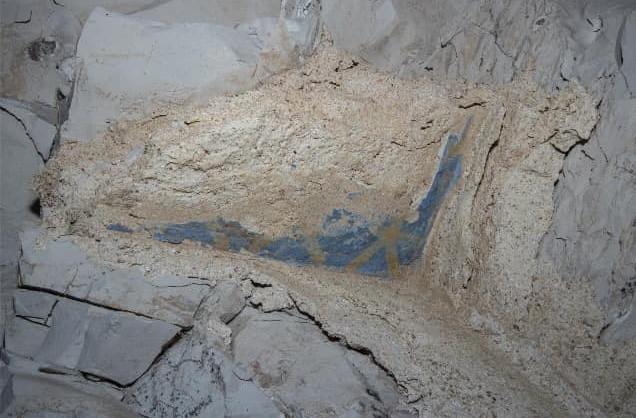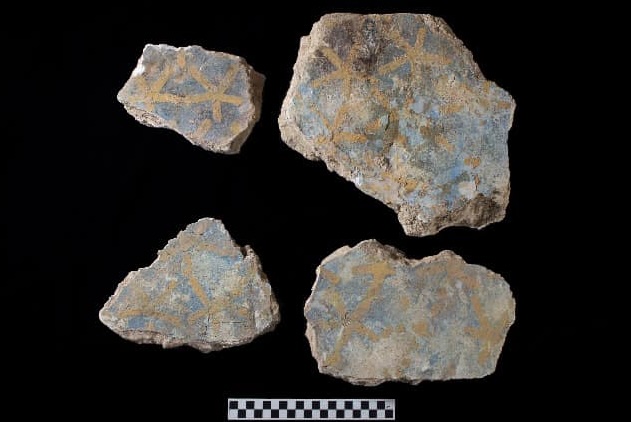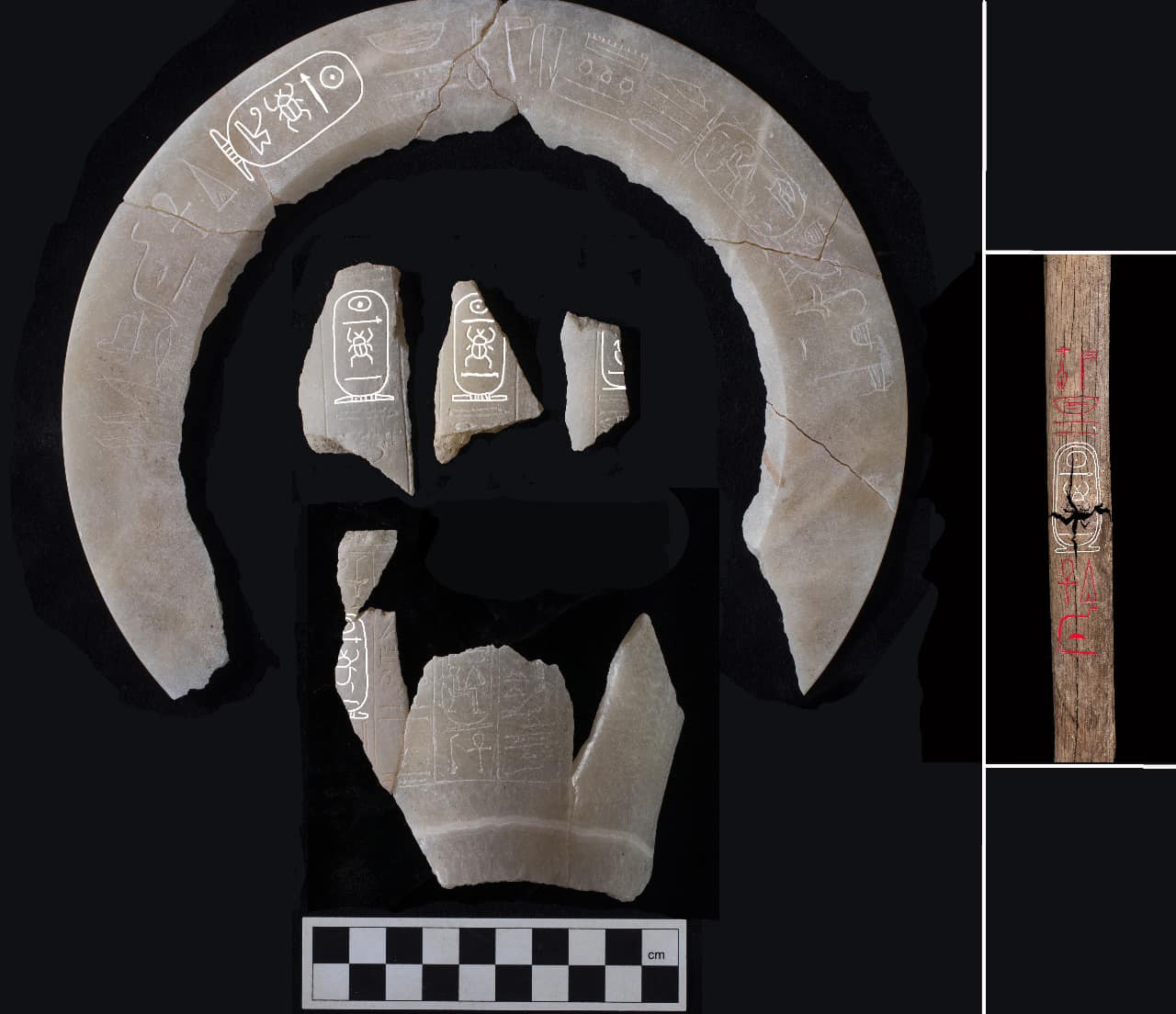Egypt’s Ministry of Tourism and Antiquities announced on February 18 that the tomb of one of Egypt’s most significant New Kingdom rulers, King Thutmose II, has been identified near the Valley of the Kings in Luxor.
This discovery comes from a joint Egyptian-British archaeological mission involving the Supreme Council of Antiquities (SCA) and the New Kingdom Research Foundation at Cambridge University’s McDonald Institute for Archaeological Research.
The team had suspected the tomb’s ownership since 2022, but it was only recently that further analysis confirmed the tomb belonged to Thutmose II.
Minister of Tourism and Antiquities Sherif Fathy described the find as the “first royal tomb discovered since King Tutankhamun’s tomb in 1922.” Initially thought to belong to one of Thutmose II’s wives due to its proximity to the tombs of Thutmose III and Queen Hatshepsut, the tomb was later linked to the king after inscriptions and artifacts confirmed his identity.
Among the discoveries, portions of alabaster vessels bearing the names of Thutmose II and Hatshepsut suggest the queen’s involvement in his burial rites. Dr. Mohamed Ismail Khaled, Secretary-General of the SCA, explained that the tomb was identified as belonging to the “deceased king,” alongside his royal consort’s name.
However, continuous flooding caused significant damage to the tomb, requiring ongoing restoration and preservation efforts, which the team plans to continue in future excavations.


Thutmose II’s mummified remains were likely interred in Tomb 42 in the Valley of the Kings before being moved to a subsequent cache in Deir el-Bahri following tomb robberies. His body was housed in the Egyptian Museum in Cairo until 2021, when it was transferred to the National Museum of Egyptian Civilization.
The king, who was both the half-brother and husband of Queen Hatshepsut, is also known for numerous scarabs bearing his throne name, many of which are held in the Metropolitan Museum of Art in New York.







Comments (0)